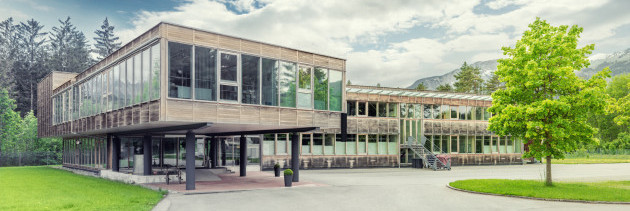Buildings have a significant impact on the environment. Globally, the building sector uses about 40% of primary energy.[1] In Australia, buildings account for about 130 million tonnes (Mt) of greenhouse gas emissions each year which represents 23% of Australia’s total emissions.[2]
The movement toward green buildings has been a response to the now widespread recognition that enhanced built environments lead to positive ecological and social outcomes.[3] In Australia, green buildings are defined, designed, evaluated and marketed using green rating schemes which provide sustainability guidelines, benchmarks and calculation methodologies for building attributes and performance.[4]
According to the Chief Executive Officer of the Green Building Council of Australia, Romilly Madew, a truly sustainable building not only addresses environmental impact, but social and economic impact too.[5]
To receive a Green Star Certification from the Green Building Council of Australia (GBCA), a structure must support optimal energy and water consumption, be composed of sustainable architectural products and deliver a healthy indoor environment and minimise its land impact. The GBCA discovered that Green Star-certified buildings use 85 per cent less energy than non-accredited counterparts.
Lighting is therefore a critical component of sustainable buildings. Good lighting projects demonstrate collaboration between designers, an intelligent use of technology and an exploration of light and form. Harnessing as much day lighting as possible, especially with the application of electrochromic glass windows, which regulate the amount of heat and glare that permeates into a building, can significantly reduce the amount of electricity needed to light up a building.
Energy efficient LED lights, combined with the latest technology to effectively augment natural light, can dramatically reduce energy consumption. The financial and environmental and health and productivity benefits of LED lighting have been well reported. The smart application of the latest lighting controls, including dimmers, motion, occupancy and photo-sensors and timers to automatically dim and turn lights on and off can even further enhance the financial and environmental benefits.
Here are a couple of examples, one a new extension and the other the refurbishment of one of our iconic buildings, which exemplify the green building benefits being achieved.
Chadstone Shopping Centre (Architects – The Buchan Group Melbourne)
Chadstone Shopping Centre in Victoria was the first retail development to be awarded a five star Green Star Rating. The extension of the shopping centre featured extensive daylight, which increases lighting quality and reduces energy consumed by lighting, while the compatible use of LED lighting and intelligent control systems reduce greenhouse gas emissions by an estimated 71 per cent.
Sydney Opera House
Green Star certifiable retrofits are not just limited to office buildings and retail spaces. Last August, the Sydney Opera House earned a Green Star performance rating. A number of innovations at the Opera House focused on improving its energy efficiency and functionality as a performance space. These included an LED upgrade for the lighting system.
Sustainable architecture, incorporating LED lighting to effectively augment natural lighting, is an integral and crucial feature of modern green buildings and green refurbishments.
[1] Ghaffarianhoseini, A. et al., 2013. Sustainable energy performances of green buildings: A review of current theories, implementations and challenges. Renewable and Sustainable Energy Reviews, 25, pp.117.
[2] The Centre for Investor Education, 2005. The Buildings Sector and Greenhouse: Key Facts, Sydney.
[3] Conte, E. & Monno, V., 2012. Beyond the building centric approach: A vision for an integrated evaluation of sustainable buildings. Environmental Impact Assessment Review, 34, pp.3140.
[4] Green Building Council of Australia, 2015. Green Building Council of Australia. Available at: http://www.gbca.org.au/
[5] https://www.gbca.org.au/news/gbca-media-releases/healthier-buildings-on-the-horizon-for-australia/


